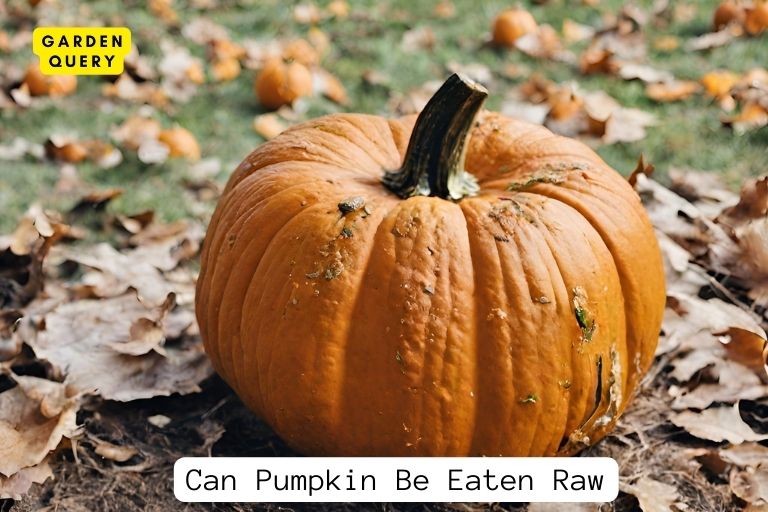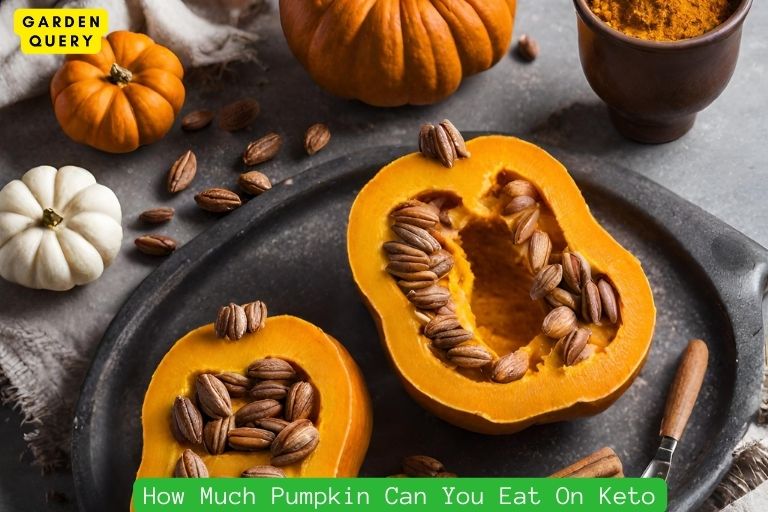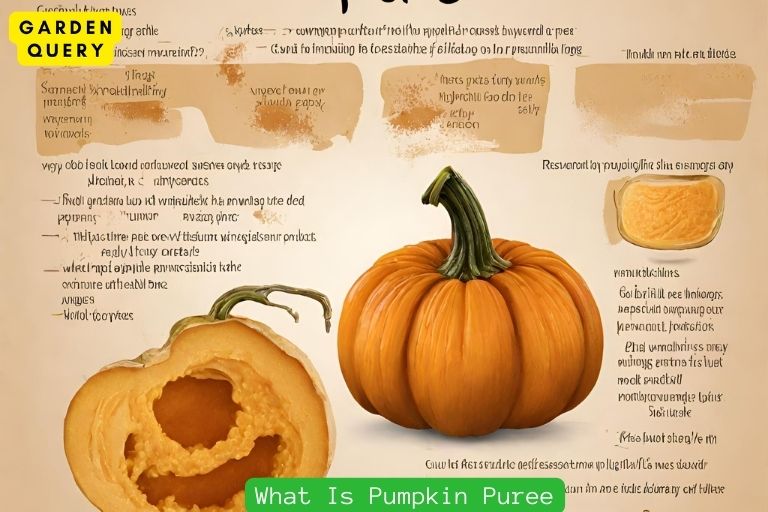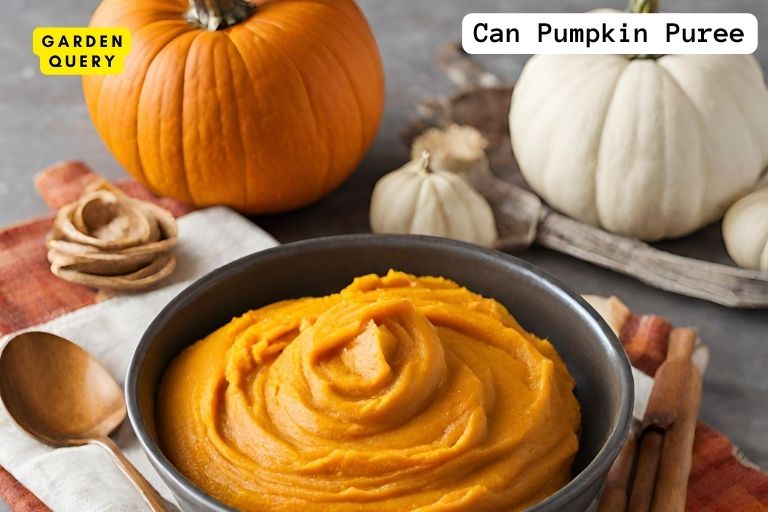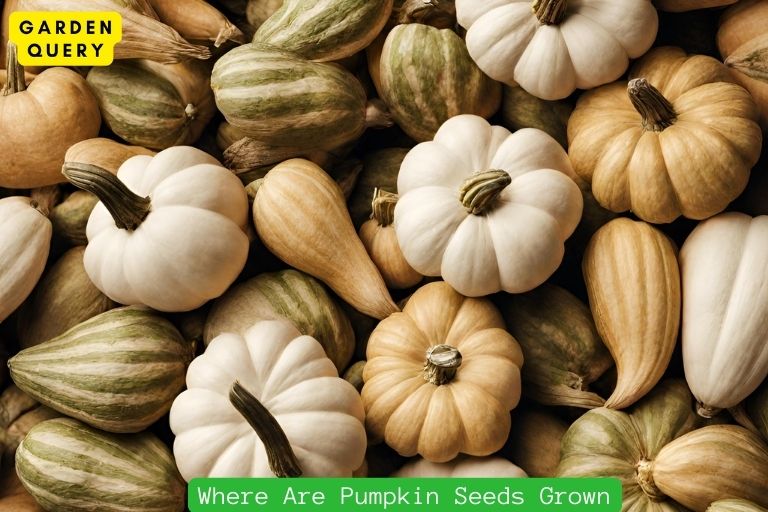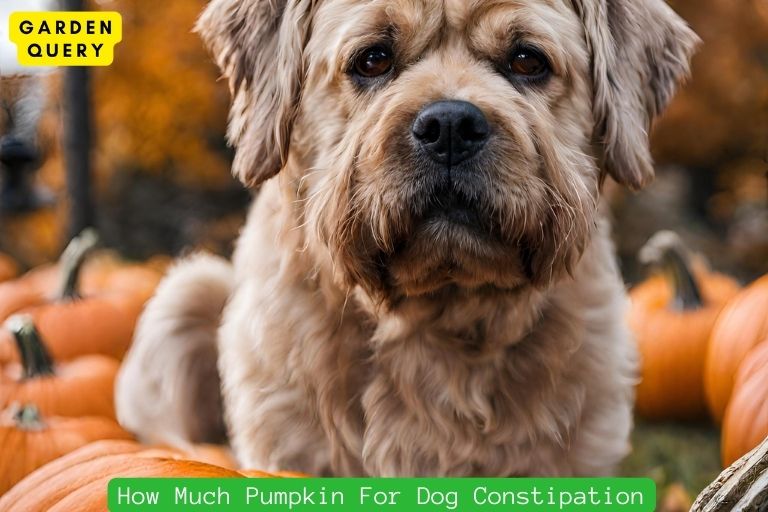How Does Pumpkin Grow?
Pumpkins grow from seeds planted in well-drained soil, sprouting into vines that produce flowers, and ultimately, fruit.
The growth journey of a pumpkin begins with seeds planted in soil rich in nutrients and adequate drainage.
These seeds germinate and give rise to sprawling vines that bear male and female flowers.
Pollination, often aided by bees, is crucial for the formation of pumpkins.
Once pollinated, the female flowers develop into the iconic pumpkin fruit, gradually maturing over time.
Key Takeaway
- Seed Germination: Pumpkins start as seeds planted in nutrient-rich, well-drained soil.
- Vine Growth: Sprouting from the seeds, pumpkin vines spread and produce both male and female flowers.
- Pollination Process: Bees or other pollinators aid in transferring pollen for fruit development.
- Fruit Maturation: Successfully pollinated female flowers transform into pumpkins, ripening as they grow.
The Life Cycle of a Pumpkin
Have you ever wondered how pumpkins grow and develop from a tiny seed to the giant orange fruit we see at Halloween? Let's explore the fascinating life cycle of a pumpkin.
The life cycle of a pumpkin begins with a seed. When a pumpkin seed is planted in the soil, it absorbs water and nutrients from the ground.
As the seed takes in moisture, it swells and begins to germinate. A young root emerges from the seed, anchoring the plant in the soil, while a shoot starts to grow upward.
As the shoot emerges from the ground, it develops leaves.
These leaves are vital for the pumpkin plant as they enable photosynthesis, the process through which plants convert sunlight into energy. The plant uses this energy to grow and produce more leaves.

After a few weeks, small yellow flowers begin to appear on the pumpkin plant. These flowers are crucial for pollination.
Bees and other insects transfer pollen from the male flowers to the female flowers, allowing them to fertilize and develop into pumpkins.
Once the female flowers are pollinated, tiny green fruit begins to form. As the weeks go by, the fruit starts to grow in size and changes color.
Pumpkins grow at an astonishing rate, sometimes gaining up to 2 inches in diameter each day!
When the pumpkin reaches maturity, the stem connecting it to the plant dries out and turns brown. This indicates that the pumpkin is ready to be harvested.
The pumpkin can then be cut from the vine and stored or used for various purposes, such as carving for Halloween or cooking delicious pumpkin pies.
Factors Affecting Pumpkin Growth
Several factors have an impact on the growth and development of pumpkins.
Temperature and Sunlight: Pumpkins thrive in warm weather and require at least six hours of direct sunlight each day. Temperature extremes can hinder growth and affect the overall health of the plant.
Soil Quality: Pumpkins prefer well-draining soil that is rich in organic matter. The soil pH should be slightly acidic to neutral. Adequate soil moisture is also essential for healthy pumpkin growth.
Pollination: As mentioned earlier, pollination is crucial for pumpkin development. Adequate bee activity and other pollinators in the garden are necessary to ensure successful fertilization.
Watering: Pumpkins require consistent watering, especially during dry spells. Adequate moisture prevents stress and ensures healthy fruit development. However, over-watering can lead to root rot and other diseases.
Pest and Disease Control: Pumpkin plants are susceptible to various pests and diseases such as powdery mildew, cucumber beetles, and squash bugs. Regular monitoring and appropriate pest management strategies are essential to protect the plants.
The life cycle of a pumpkin and the factors affecting its growth can help gardeners successfully cultivate these vibrant orange fruits.
By providing optimal growing conditions and proper care, you can enjoy the pleasure of watching your pumpkins flourish from tiny seeds to impressive autumn decorations or tasty treats.
Read More: Pumpkin
Stage 1: Seed Germination and Seedling Formation
Seed Germination Process
Pumpkin growth begins with the seed germination process. First, the seed needs a suitable environment to start growing.
This includes damp soil, warm temperature, and exposure to sunlight. The seed absorbs water through its outer shell, causing it to swell and activate the process of germination.
As the seed takes in moisture, it signals the embryo inside to start growing.
The seed coat splits, and a root, known as the radicle, emerges. The radicle anchors the seed into the soil and absorbs water and nutrients.
Small root hairs begin to develop, promoting nutrient absorption further.
Seedling Growth and Leaf Formation
Once the radicle has firmly established itself, the seedling stage begins. The embryonic leaves, called cotyledons, emerge from the stem.
These cotyledons provide energy to the growing seedling before true leaves form.
Shortly after, the first set of true leaves sprouts. These leaves look different from the initial cotyledons, having a more defined shape and texture.
True leaves are responsible for photosynthesis, converting sunlight into energy and enabling the plant to grow.
During this stage, it is crucial to provide the seedling with adequate water, sunlight, and nutrients. The seedling needs enough water to promote cell expansion and growth.
Sunlight is essential for photosynthesis, allowing the plant to produce sugars and starches needed for energy.
Nutrients, such as nitrogen, phosphorus, and potassium, support the overall health and development of the seedling.
As the seedling continues to grow, secondary roots develop from the main root, expanding the root system’s reach. This allows the pumpkin plant to absorb more water and nutrients from the soil.
The seedling stage marks the beginning of the pumpkin plant’s life cycle. With proper care and favorable conditions, the seedling will mature into a robust plant, eventually producing flowers and fruit.
Pumpkin growth starts with seed germination, where the seed absorbs water and activates the embryo's growth.
The seedling stage follows, characterized by root development and the emergence of cotyledons and true leaves.
Providing the young plant with adequate water, sunlight, and nutrients during this stage is crucial for healthy growth.
Read More: How Do Pumpkin Plants Grow?
Stage 2: Vegetative Growth and Vine Development
Pumpkins are fascinating plants that go through several stages of growth before reaching their full potential.
We will explore the second stage of pumpkin growth, known as vegetative growth and vine development.
Stem Growth and Development
During this stage, the pumpkin plant's main focus is on establishing a strong and sturdy stem.
The stem serves as the backbone of the plant, providing support for the leaves, flowers, and eventually, the pumpkins themselves.
As the plant continues to grow, the stem elongates, reaching for the sun. This upward growth is crucial for optimal exposure to sunlight, which is essential for photosynthesis and overall plant health.
The stem also plays a vital role in nutrient transportation. It acts as a conduit, delivering water and essential minerals from the roots to the rest of the plant.
The stem contains vessels that transport sugars and carbohydrates generated during photosynthesis to various parts of the plant.
Leaf Expansion and Photosynthesis
While the stem is growing, the pumpkin plant also focuses on leaf expansion and optimizing photosynthesis.
During this stage, leaves emerge from the stem in pairs, gradually increasing in size.
Leaves play a crucial role in the plant’s survival by capturing sunlight and converting it into chemical energy through the process of photosynthesis.
The larger the leaves, the more sunlight they can absorb, leading to increased photosynthetic activity.
Photosynthesis is the process by which plants convert sunlight, water, and carbon dioxide into glucose and oxygen.
Glucose serves as the plant’s primary energy source, while oxygen is released into the atmosphere through tiny openings in the leaves called stomata.
Alongside photosynthesis, leaves also facilitate transpiration, the process by which plants release excess water vapor through stomata.
Transpiration helps to regulate temperature and maintain water balance within the plant.
Throughout the vegetative growth stage, the pumpkin plant’s vine also begins to develop. The vine acts as an extension of the stem, allowing the plant to spread horizontally and take advantage of available space.
As the plant continues to grow, the vine branches out, producing additional leaves and later on, flowers.
The vegetative growth and vine development stage is a critical phase in the overall growth of a pumpkin plant.
During this stage, the stem grows, providing support and nutrient transportation, while the leaves expand, optimizing photosynthesis and transpiration.
The vine’s development allows the plant to spread and take advantage of available space.
By understanding the various stages of pumpkin growth, we can better appreciate the marvels of nature and the incredible journey that leads to the vibrant orange pumpkins we enjoy each fall.
Read More: Are Pumpkins Berries?
Stage 3: Flowering and Pollination
Flower Formation and Development
Before pumpkins can grow, they go through a crucial stage of flowering and pollination. Flower formation and development are essential for the production of pumpkins.
This stage usually occurs in the spring or early summer, depending on the specific pumpkin variety and climate.
The first sign of flower formation is the emergence of small, yellow buds on the vine. These buds eventually develop into male and female flowers.
Male flowers appear first and are easily recognizable by their long, slender stems with a single blossom.
Female flowers, on the other hand, have a small, undeveloped fruit attached to the base of the blossom.
During this stage, it is important to provide the pumpkin plants with proper care and attention. Adequate watering and sunlight are crucial to support healthy flower formation.
Ensuring a nutrient-rich soil and proper fertilization can enhance the growth and development of the flowers.
Pollination Process and Importance
Pollination plays a vital role in the growth and development of pumpkins. It is the process by which pollen from the male flowers is transferred to the female flowers, leading to fertilization and fruit development.
This process can occur naturally through various means, including wind, insects, and even manual intervention.
When pollination occurs, the pollen grains from the male flowers settle on the stigma of the female flowers, facilitating fertilization.
From there, the pollen travels down the style, reaching the ovary where the seeds develop. This fertilization process triggers the fruit to grow and start forming into a pumpkin.
Proper pollination is crucial for an abundant pumpkin harvest. Insufficient or ineffective pollination can result in poor fruit set, misshapen pumpkins, or even no pumpkins at all.
To enhance the pollination process, gardeners can take several measures such as encouraging the presence of pollinators like bees and butterflies, providing a variety of flowering plants nearby, and hand-pollinating the flowers when necessary.
The flowering and pollination stage is a critical period in the growth of pumpkins. This stage ensures the successful formation, fertilization, and development of pumpkins.
By providing the necessary care, creating a pollinator-friendly environment, and understanding the importance of pollination, gardeners can optimize the growth and ensure a bountiful harvest of pumpkins.
So, roll up your sleeves, get your gardening tools ready, and watch as your pumpkin plants bloom and transform into beautiful, vibrant pumpkins right before your eyes!
Stage 4: Fruit Development and Maturation
Fruit Set and Early Development
Once the flower has been successfully pollinated, the process of fruit development begins. In the case of pumpkins, the fruit is actually a type of berry known as a pepo.
After pollination, the fertilized ovule develops into a seed, and the ovary wall thickens to form the pumpkin fruit.
During the early stages of fruit development, the pumpkin will go through a phase called fruit set. This is when the fruit starts to grow in size and begins to take on its characteristic shape.
The growing pumpkin will be green and firm, with the ridges and grooves that we commonly associate with pumpkins starting to form.
As the pumpkin continues to mature, it will start to change in color. The vibrant green skin will gradually turn orange as the fruit ripens.
This color change is a result of the breakdown of chlorophyll, which gives plants their green pigment. At the same time, the fruit will become softer and less firm to the touch.
Ripening and Harvesting
The final stage of a pumpkin's growth is ripening. This is when the fruit reaches its full size and develops its maximum flavor and sweetness.
As the pumpkin ripens, the sugar content increases, resulting in a more enjoyable culinary experience.
Knowing when to harvest a pumpkin is crucial to ensuring its optimal ripeness. A ripe pumpkin will have a deep, uniform orange color and a hard skin.
The stem attached to the fruit should also be dry and slightly corky.
To harvest a pumpkin, it is important to use a sharp knife or pair of pruning shears to cut the stem, leaving a few inches attached to the fruit.
Avoid twisting or pulling the pumpkin from the vine, as this can cause damage to both the stem and the fruit.
Once harvested, pumpkins can be stored in a cool, dry place with good ventilation.
Proper storage conditions can help prolong the shelf life of the pumpkin, allowing you to enjoy its delicious flavors and use it for various culinary purposes.
Pumpkin growth can be divided into four stages: seed germination and seedling establishment, vegetative growth, flowering and pollination, and fruit development and maturation.
These stages can help you appreciate the process by which pumpkins grow and develop, and perhaps even inspire you to grow your own pumpkins in the future!
Summary
The growth of pumpkins from seeds to sprawling vines and finally into the beloved fruit is a testament to the marvels of nature.
The stages of seed germination, vine expansion, pollination, and fruit maturation unveils the intricate process behind a pumpkin’s growth.
This journey showcases the interdependence of natural elements, from soil nutrients to pollinators, contributing to the vibrant tapestry of a pumpkin’s life cycle.
- Best Therapists In Dallas - February 1, 2024
- Holly Willoughby Husband: Holly Willoughby’s Love Story - January 30, 2024
- Holly Willoughby Dress: 5 Style Secrets and 7 Must-Know Career Milestones - January 30, 2024
